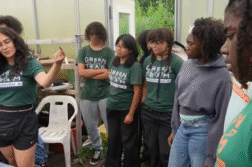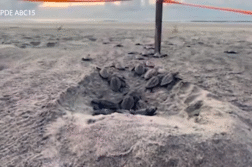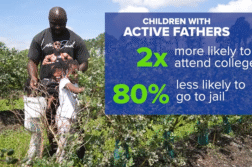PHILADELPHIA, Pa. (Ivanhoe Newswire) — It’s an age-old question from parents to kids: what do you want to be when you grow up?
Mother Amy Spencer told Ivanhoe, “Especially with the girls, I find myself saying, are you going to be an astronaut? Are you going to be president?”
Who knew that what’s learned in the playroom could help build the language needed for math and science careers?
Kathy Hirsh-Pasek, Ph.D., a psychologist at Temple University, detailed, “What language is really, really good at is removing ambiguity and getting you to attend and to focus on just the right places.”
Words like “on top”, and “over”, and “beside” help children understand where objects are in relation to something else. When it comes to teaching those relational words, blocks may be the perfect toy.
Hirsh-Pasek explained, “Putting things together. Rotating them. Moving them. We actually use more spatial terms than we do when we’re just sitting at dinner or when we’re reading a book.”
Child psychologists studied more than 100, three-year olds from all socioeconomic backgrounds to understand how a parent’s communication during play relates to a child’s math ability. Researchers found children who were better at copying block structures, were also better at early math skills, like counting. The study also found that by age three, some children from lower-income families were behind in spatial skills. Parents of these toddlers also reported using significantly fewer spatial words with their kids. Hirsh-Pasek said a table full of blocks is one solution that is cheap and simple.
“We’re offering them just the sort of nourishment they need to grow and have strong STEM skills,” said Hirsh-Pasek.
Professor Hirsh-Pasek said kids who start behind in math skills at age three, stay behind in those skills in first, third, and fifth grades, and beyond. The results of the study were published in the journal Child Development.
Contributors to this news report include: Cyndy McGrath, Supervising and Field Producer; Milvionne Chery, Assistant Producer; Roque Correa, Editor; Kirk Manson, Videographer.
Produced by Child Trends News Service in partnership with Ivanhoe Broadcast News and funded by a grant from the National Science Foundation.



